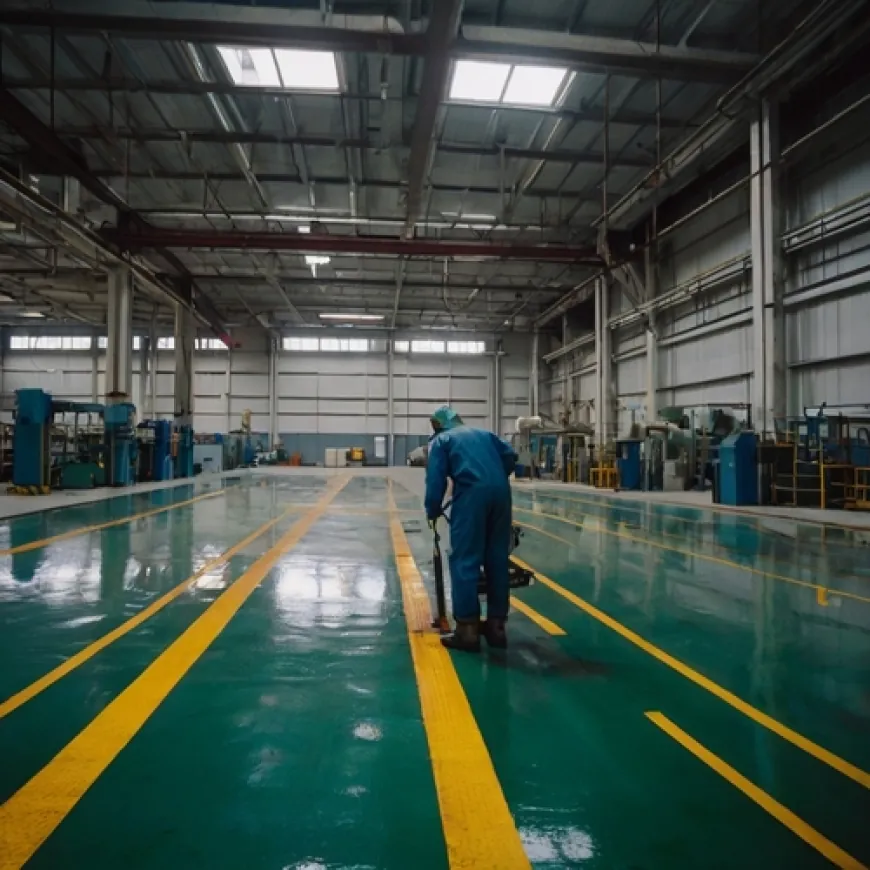Rising Demand and Innovations in the Protective Coatings Market by 2031
global protective coatings market is projected to experience substantial growth by 2031 due to the increasing demand for enhanced durability and corrosion

The global protective coatings market is projected to experience substantial growth by 2031 due to the increasing demand for enhanced durability and corrosion resistance across various industries. From construction to automotive and energy, industries are relying on advanced protective coatings to extend the lifespan of equipment and infrastructure. As infrastructure projects grow globally, along with heightened awareness of sustainability and cost efficiency, the demand for these coatings continues to rise.

Key Market Drivers
One of the primary drivers of growth in the protective coatings market is the increased focus on infrastructure development. Many governments and organizations are investing heavily in transportation, power generation, and industrial sectors, which require high-performance coatings to protect surfaces from wear and corrosion. Furthermore, the automotive industry, which demands protective coatings for vehicle parts, is contributing significantly to market growth.
Additionally, the renewable energy sector, particularly wind and solar, is emerging as a key consumer of protective coatings. Coatings are used to protect wind turbine components, solar panels, and other equipment from harsh weather conditions, enhancing durability and performance.
Advances in Coating Technologies
Technological innovation is playing a major role in shaping the future of the protective coatings market. New developments include high-performance coatings that can withstand extreme temperatures, resist chemicals, and offer extended service life. Nano-coatings, for example, have been developed to provide stronger adhesion and superior protective qualities.
Eco-friendly and low-VOC (volatile organic compounds) coatings are also gaining popularity as industries look for sustainable solutions to reduce their environmental impact. Waterborne coatings, which release fewer pollutants compared to traditional solvent-based coatings, are increasingly adopted across sectors, aligning with stricter environmental regulations worldwide.
Challenges and Opportunities
Despite the positive outlook, the market faces challenges such as fluctuating raw material costs and the need for constant innovation to meet evolving industrial requirements. However, these challenges also open up opportunities for manufacturers to develop cost-effective and efficient formulations that meet industry needs.
The rising trend of urbanization in emerging economies presents further opportunities. Developing nations are investing in infrastructure and industrial facilities, which will continue to drive demand for protective coatings that can withstand environmental and mechanical stresses.
Regional Outlook
The protective coatings market is growing steadily across regions, with Asia-Pacific leading due to rapid industrialization and urban development in countries like China and India. North America and Europe are also strong markets, largely due to investments in infrastructure renewal and adherence to stringent environmental standards.
Conclusion
As the protective coatings market advances toward 2031, it is clear that innovations in technology, the emphasis on sustainability, and growing industrial needs will continue to drive demand. With the right strategies, companies in this market have the potential to grow substantially while providing solutions that extend the life and efficiency of vital structures across sectors.












